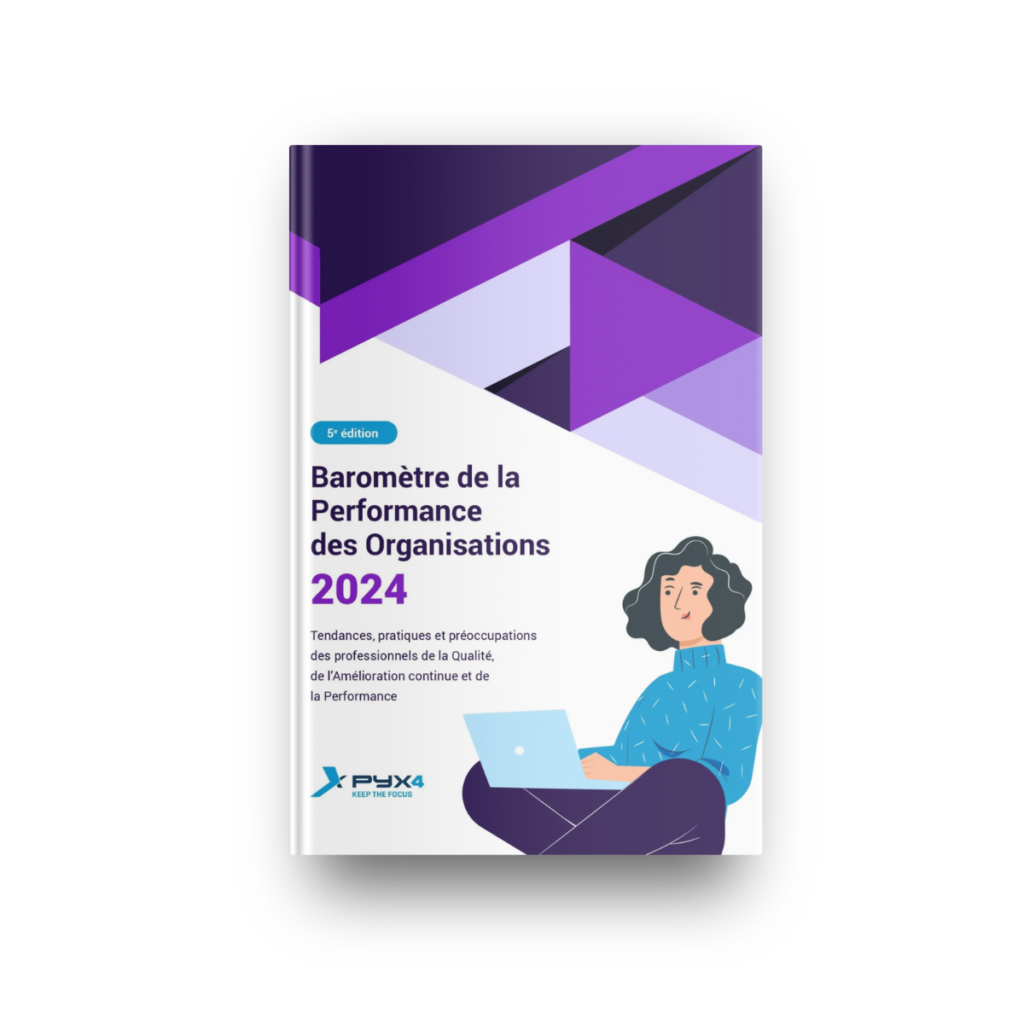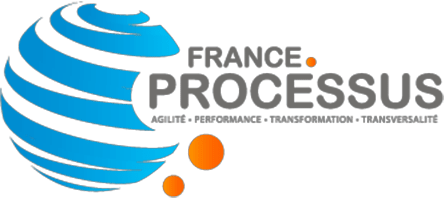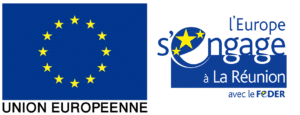The diagnosis through questioning
The Five 5W2H’s (or What, Who, Where, When, How, How much, Why) is a simple yet very effective method that allows you to diagnose a situation or a problem in a precise and exhaustive way. It is also sometimes called the “questioning method”.
This method can have various and varied purposes. Quality professionals frequently use it to solve problems such as:
- Modeling a process or a procedure
- Establishing the diagnosis of a dysfunction
- Leading an ideation session…
Let’s look at the use of the 5W2H regarding writing a procedure.

| Questions | Purpose | What | |
| What? | What is the purpose of the procedure? | Describe the purpose of the process | Definition of an objective, KPIs |
| Who? | Who is involved? Who is participating? | Identification of the stakeholders, the roles that take part in the execution of the procedure | Employees, customers, suppliers, partners, etc. |
| Where? | Where does it happen? In which department, on which machine? | Identify as precisely as possible the place of occurrence and the resources mobilized | Geographical entity, department, workshop, machine, etc. |
| When? | What triggers this procedure? How often is it performed? What are the time constraints for its execution? | Identify triggers, time constraints for certain activities | Inputs, triggers, time constraints |
| How? | In what way? What are the resources needed to carry out the process? | Definition of all the resources that will have to be available to the stakeholders to execute the procedure | Resources and tools used, software/application, documentation… |
| How much? | What is the associated cost? How many times is this procedure performed each year? | Identify the financial resources dedicated to this procedure. Identify potential gains. | Resources used, deviation from the budget, potential gains |
| Why? | Why does this procedure occur? What are the constraints? | Description of the underlying causes. | The emergence of corrective or preventive ideas. |
Benefits of the 5W2H’s method
The 5W2H method will allow you to conduct a workshop before modeling a procedure.
You will be able to ask these questions to the pilot of the procedure, to the people who execute it daily in the organization, and in short to all the stakeholders.
The data you will get out of it will allow you to:
- Clarify the elements needed to model the procedure
- Identify the differences in vision between the actors, especially at the level of the interfaces (incoming and outgoing of each activity) or the reason for their existence
- Collect improvement leads that will be useful in the future when the time comes to optimize the procedure
Systematizing this technique will allow you to gain efficiency in your workshops, it will give you a framework that will guide the discussions and that you will not be able to do without.
Contenu de l'article




